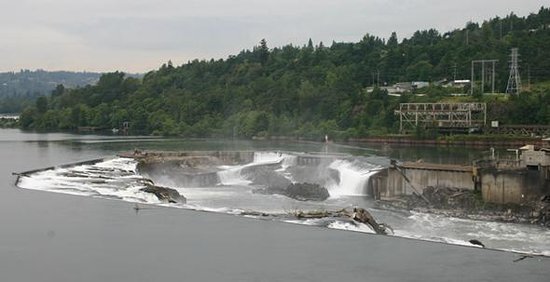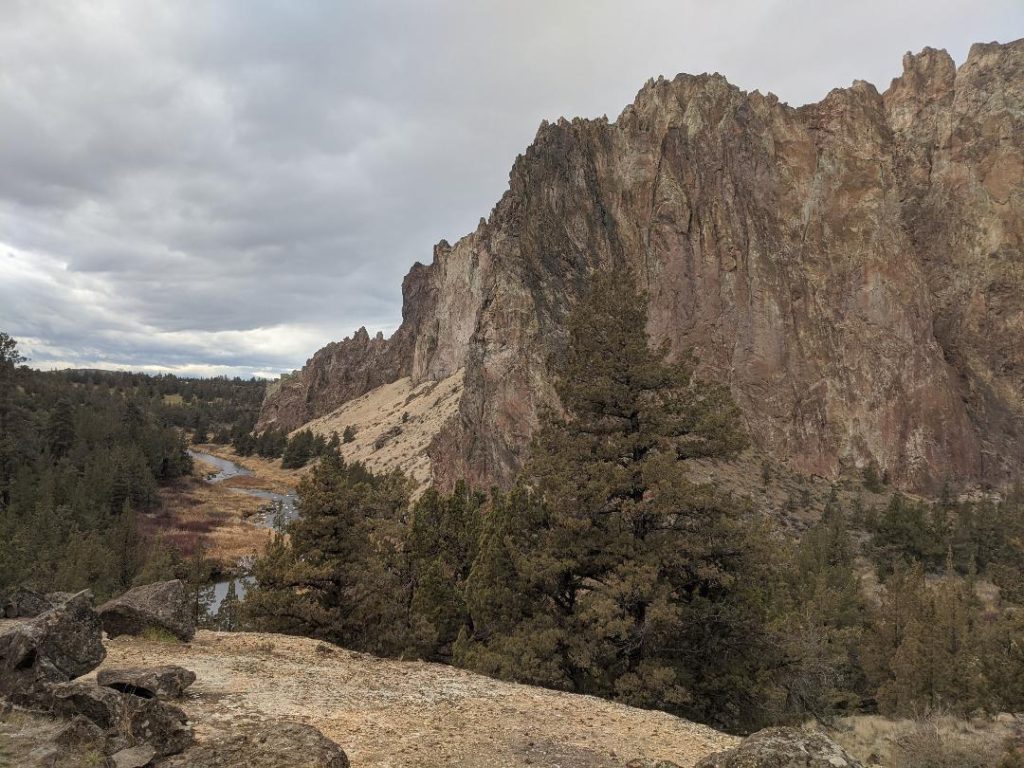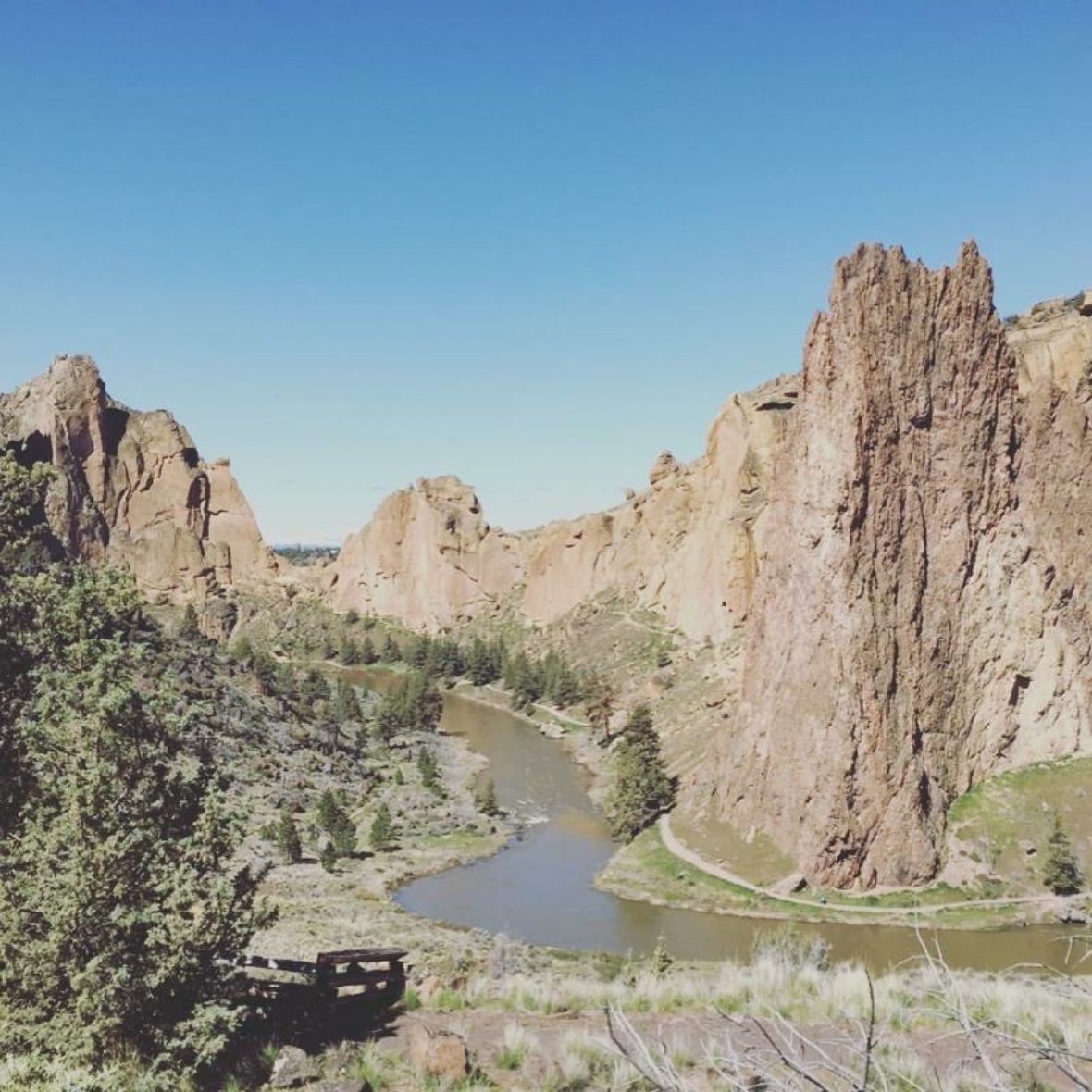I experienced something new [to me] and fascinating at some inclusion conferences I attended last year. At the beginning of the event, someone would recognize the Native American tribal group(s) that had lived, and continue to live, in that area. As a runner, there is something about being so close to the earth, to the literal and profound connection of feet to soil, that fosters a feeling of connectivity to all who have traveled the land before you. However, this awareness feels more distant to me in my day-to-day life, and sometimes (especially at the current moment) life is so complicated, it’s hard to remember to pause and look up from your personal lived experience to see that of others.
Approaching the world through a lens of inclusion doesn’t have to be complicated or intimidating. It can begin with something as simple as a recognition of the presence of others; in this example, a recognition of the rich and varied Native American tribal presence that permeates every corner of this country, a presence that lives in our nation’s history but also in our nation’s present, in the lived experience of Native individuals who live in your town and shop at the same supermarket and run the same trails.
I recognize and honor the Native peoples who lived and ran, and who continue to live and run, on the lands of my childhood and adulthood:

image: TripAdvisor
I grew up a stone’s throw from Willamette Falls in Oregon City, OR. Although modified dramatically by the locks and mills built to power local industry, the falls still retain some natural beauty. They were a significant fishing (primarily salmon and eels) and trading location for the “original Chinookan…tribes in this area, which included bands known as Tumwaters, Clowwewallas, William’s Band, John’s Band, and others”. https://ndnhistoryresearch.com/2014/12/15/clackamas-people-of-willamette-falls/ ; Dr. David G. Lewis.

image: Kori Barnum
My favorite place to run on the planet is in Smith Rock State Park. Nowhere do I feel more joy, peace, and connection to a higher power than at this place, which looks like it was dropped in central Oregon by the hand of god – there’s nothing else like it anywhere around. According to The Oregon Encyclopedia, “Smith Rock is the traditional homeland of several Native American groups, including the Tenino (Warm Springs) and Northern Paiute people. The Northern Paiutes referred to the environs of Smith Rock as the Animal Village, a reference to the abundance and variety of plants and animals in the area”. https://oregonencyclopedia.org/articles/smith_rock_state_park/#.Xn_cW4hKg2w
If you are interested in learning more about contemporary Native American history, I would highly recommend “The Heartbeat of Wounded Knee: Native America from 1890 to the Present” by David Treuer (2019). Although the author dedicates a significant portion of the text to the pre-1890 historical record, I found this background to be a necessary foundation to better appreciating the more recent history; to be honest, much of this information was new to me even though it comprises the majority of our continent’s populated history.
For Treuer, this book “is an attempt to confront the ways we Indians ourselves understand our place in the world. Our self-regard – the vision and versions we hold of who we are and what we mean – matters greatly. We carry within us stories of our origins, and ideas about what our families, clans, and communities mean” (11). Acknowledging others is the first step towards an inclusive perspective. The second step is learning more about others – history, lived experience, cultural perspectives. The complexity of our nation’s tribal communities coupled with the hesitancy of asking questions as an outsider can make research intimidating; this text is a good place to start. It is compelling and well-written, and I struggled to put it down.

